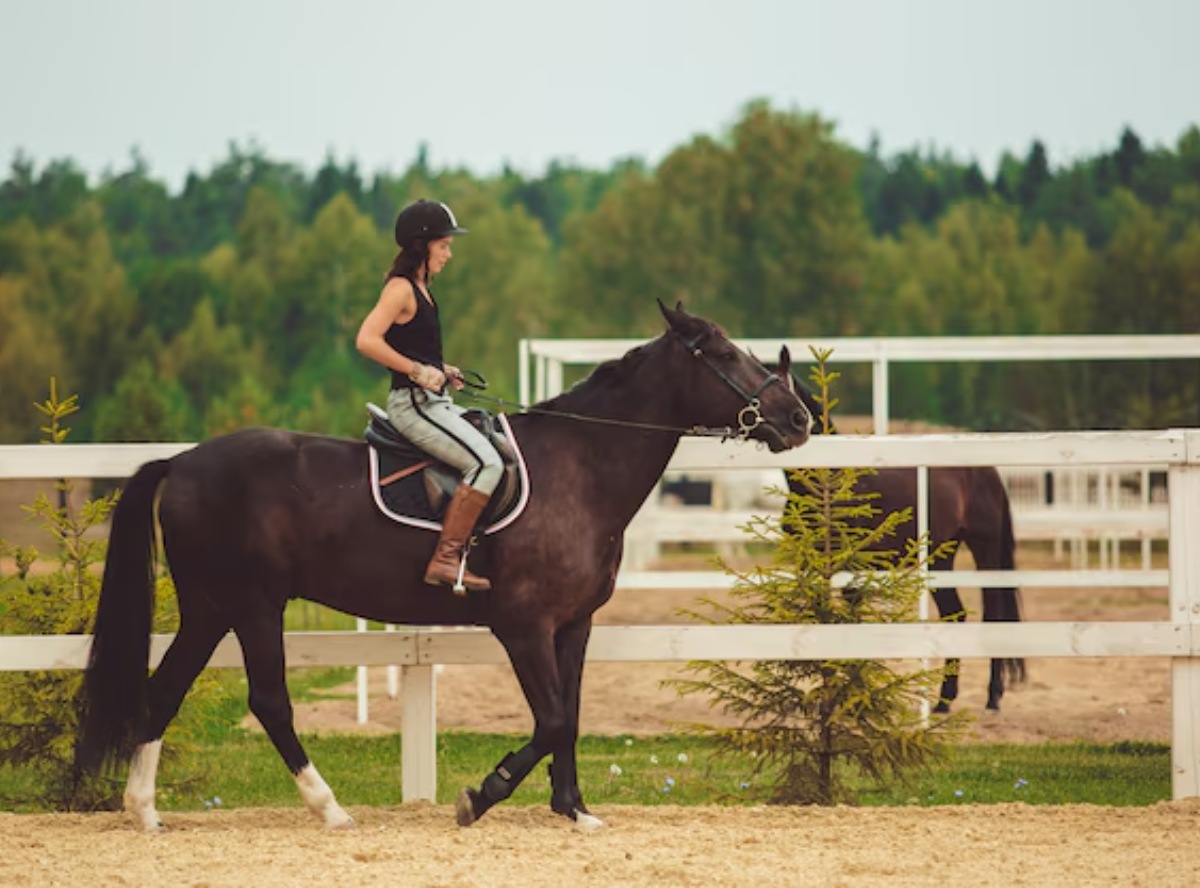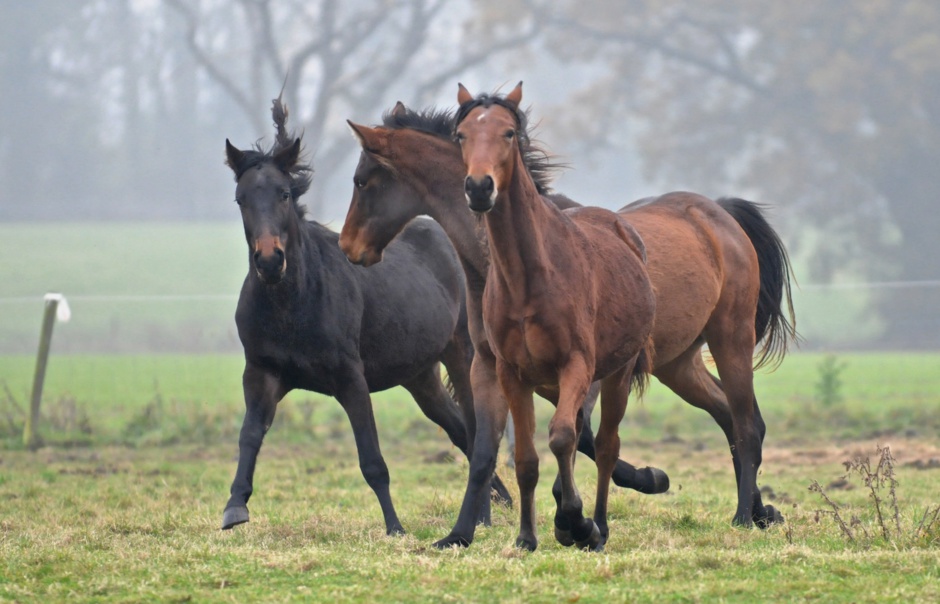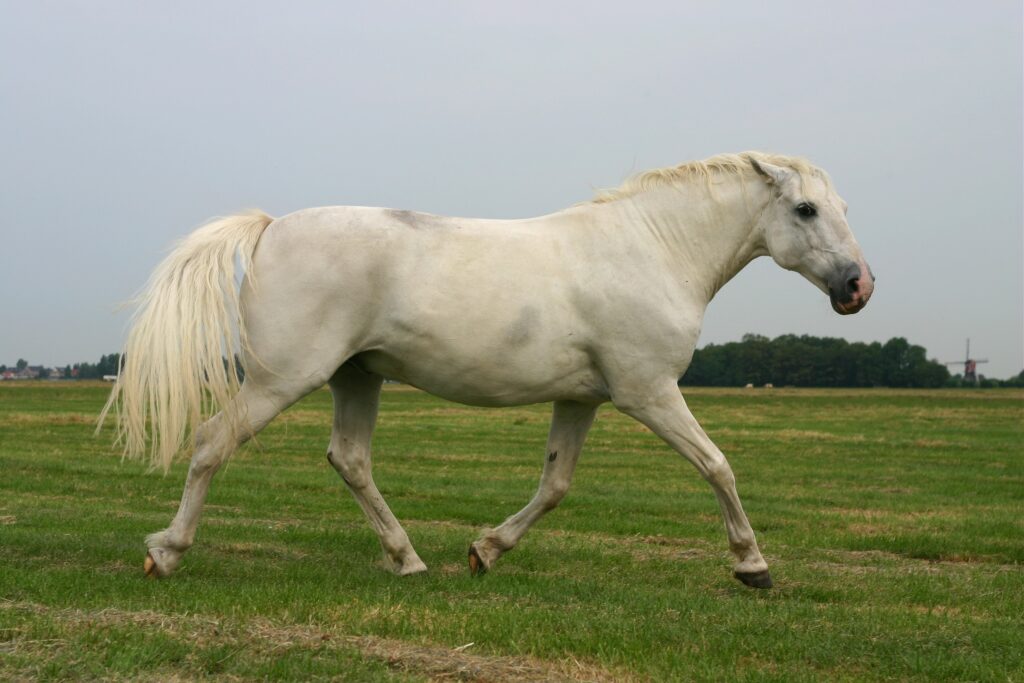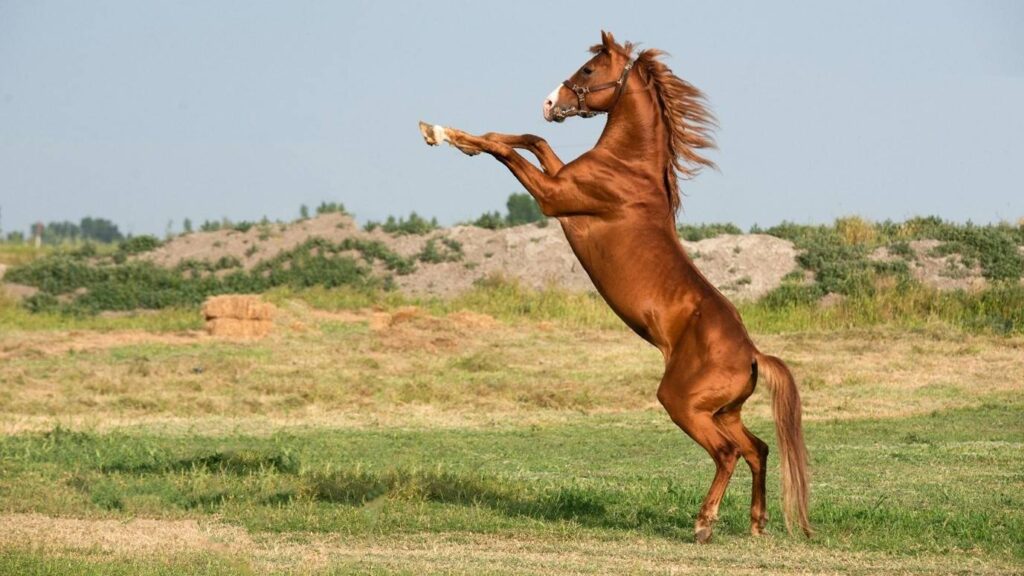Clicker training for horses is becoming an increasingly popular method among horse enthusiasts. This innovative training technique, rooted in positive reinforcement, has gained traction for its ability to foster a deeper bond between horse and handler. By understanding the principles behind clicker training, horse owners can enhance communication and achieve remarkable results.

The Fundamentals of Clicker Training
At its core, clicker training involves using a small device that makes a distinct clicking sound. This sound is used to mark desired behaviors in horses. The click is immediately followed by a reward, such as a treat or praise, reinforcing the positive behavior. This technique is based on the principles of operant conditioning, a concept popularized by psychologist B.F. Skinner.
Why Use Clicker Training?
There are several benefits to using clicker training for horses. First and foremost, it promotes a positive learning environment. Horses learn to associate the click with rewards, which motivates them to repeat the desired behavior. Additionally, this method reduces stress and fear, as it does not rely on punishment.
Getting Started with Clicker Training
Before beginning, ensure you have the necessary equipment: a clicker, treats, and a patient attitude. The first step is to ‘charge’ the clicker by pairing the sound with a treat repeatedly until the horse understands the connection. This process is essential for effective training.
Setting Clear Goals
Establishing clear, achievable goals is crucial in clicker training. Whether you’re teaching your horse to perform basic commands or complex maneuvers, having well-defined objectives will guide the training process and provide a sense of accomplishment.
Implementing Clicker Training Techniques
Once the clicker is charged, you can begin training your horse. Start with simple commands, like ‘walk’ or ‘halt.’ As your horse responds correctly, click the device and offer a treat. Gradually increase the complexity of commands as your horse becomes more adept.
Overcoming Challenges
Every horse is unique, and some may take longer to adapt to clicker training. Patience is key. If your horse does not immediately respond, evaluate your approach and ensure you’re timing the click correctly. Consistency is vital, and persistence will yield results.
Advanced Clicker Training Strategies
Once your horse has mastered basic commands, you can introduce more advanced techniques. These might include teaching your horse to respond to verbal cues or perform intricate tasks. Always remember to celebrate small victories and maintain a positive training environment.
Integrating Clicker Training with Other Methods
Many horse owners find success by combining clicker training with traditional methods. For example, groundwork exercises can be enhanced by incorporating a clicker to mark correct posture or movement. Explore how clicker training can complement your existing routine on groundwork exercises.
Common Mistakes and How to Avoid Them
One common mistake in clicker training is using the device too frequently without providing a reward. This can confuse the horse and diminish the effectiveness of the training. Ensure each click is meaningful and paired with a reward.
Maintaining Consistency
Consistency is crucial in clicker training. Ensure that everyone involved in your horse’s training uses the same cues and techniques. This uniformity will prevent confusion and reinforce learning.
The Role of Patience and Persistence
Training a horse using the clicker method requires patience and persistence. Progress may be slow initially, but with dedication, both you and your horse will develop a stronger bond and understanding. Stay optimistic and celebrate each milestone along the way.
Building a Lasting Bond
One of the most rewarding aspects of clicker training is the bond it fosters between horse and handler. This method not only teaches commands but also encourages trust and mutual respect, essential components of a successful partnership.
Real-Life Success Stories
Many horse owners have witnessed remarkable transformations using clicker training. These success stories highlight the method’s effectiveness and inspire others to give it a try. Whether you’re a beginner or seasoned trainer, the potential for success is limitless.
Learning from Experts
For those new to clicker training, seeking guidance from experienced trainers can be invaluable. Resources like Horse Rookie provide expert advice and tips to help you get started and overcome challenges.

Conclusion: The Future of Clicker Training in Equine Training
As clicker training continues to gain popularity, more horse enthusiasts are discovering its benefits. This method not only simplifies training but also enriches the relationship between horse and handler. Whether you’re training for shows or simply enhancing your horse’s skills, clicker training offers a promising future in the world of equine training.
FAQs
What is the basic principle of clicker training?
The basic principle of clicker training is positive reinforcement. A clicker sound marks the desired behavior, followed by a reward, encouraging the horse to repeat the behavior.
Can clicker training be used for all types of horses?
Yes, clicker training is suitable for all types of horses, regardless of age or breed. The method is adaptable and can be tailored to meet individual needs.
How long does it take to see results with clicker training?
The time it takes to see results with clicker training varies depending on the horse and the complexity of the tasks. With consistency and patience, many trainers observe positive changes within a few weeks.
This article contains affiliate links. We may earn a commission at no extra cost to you.







